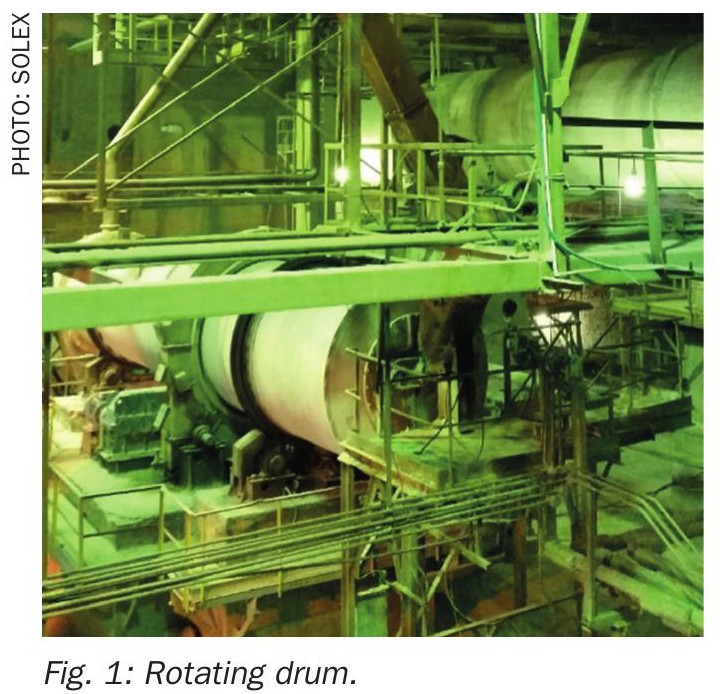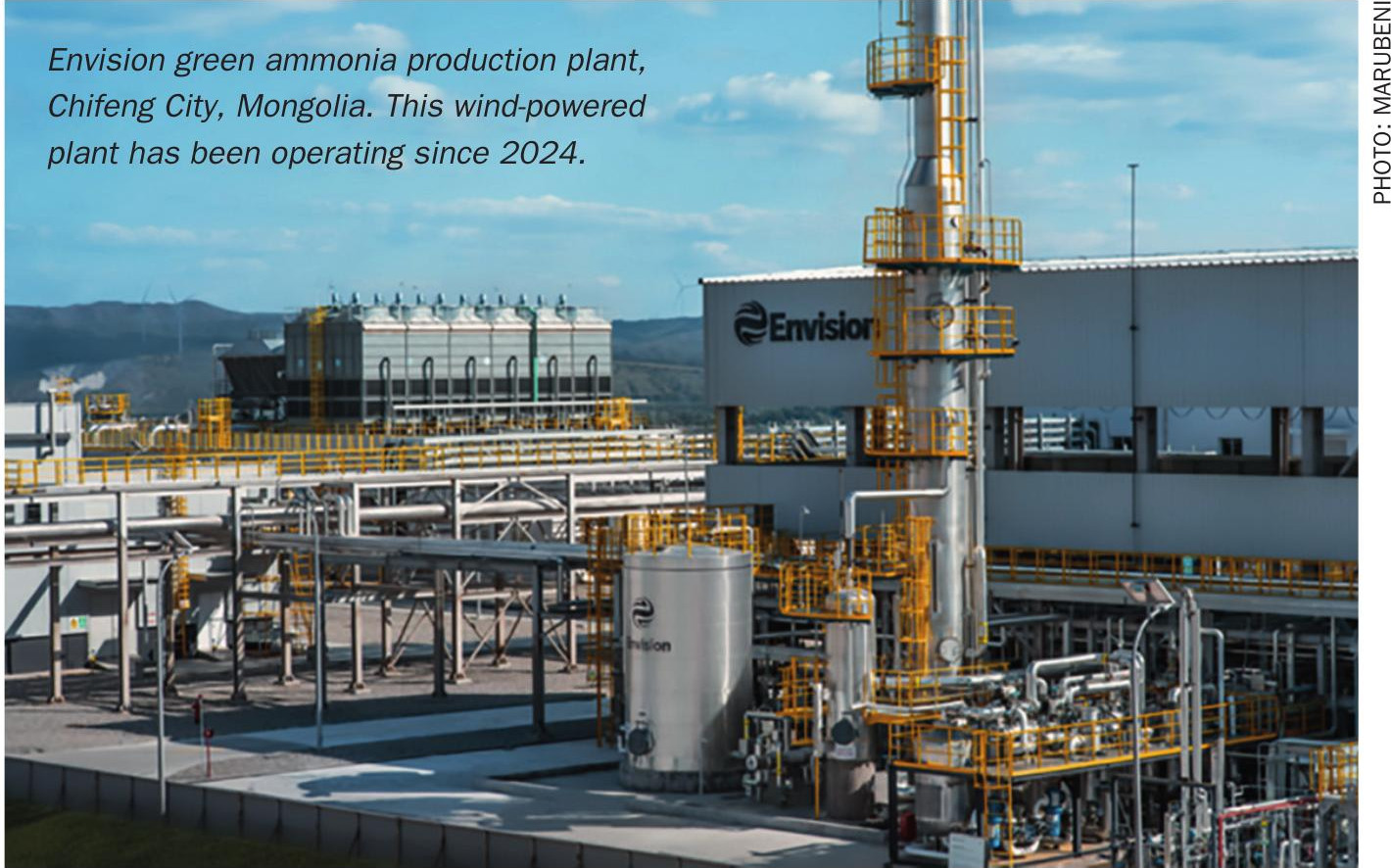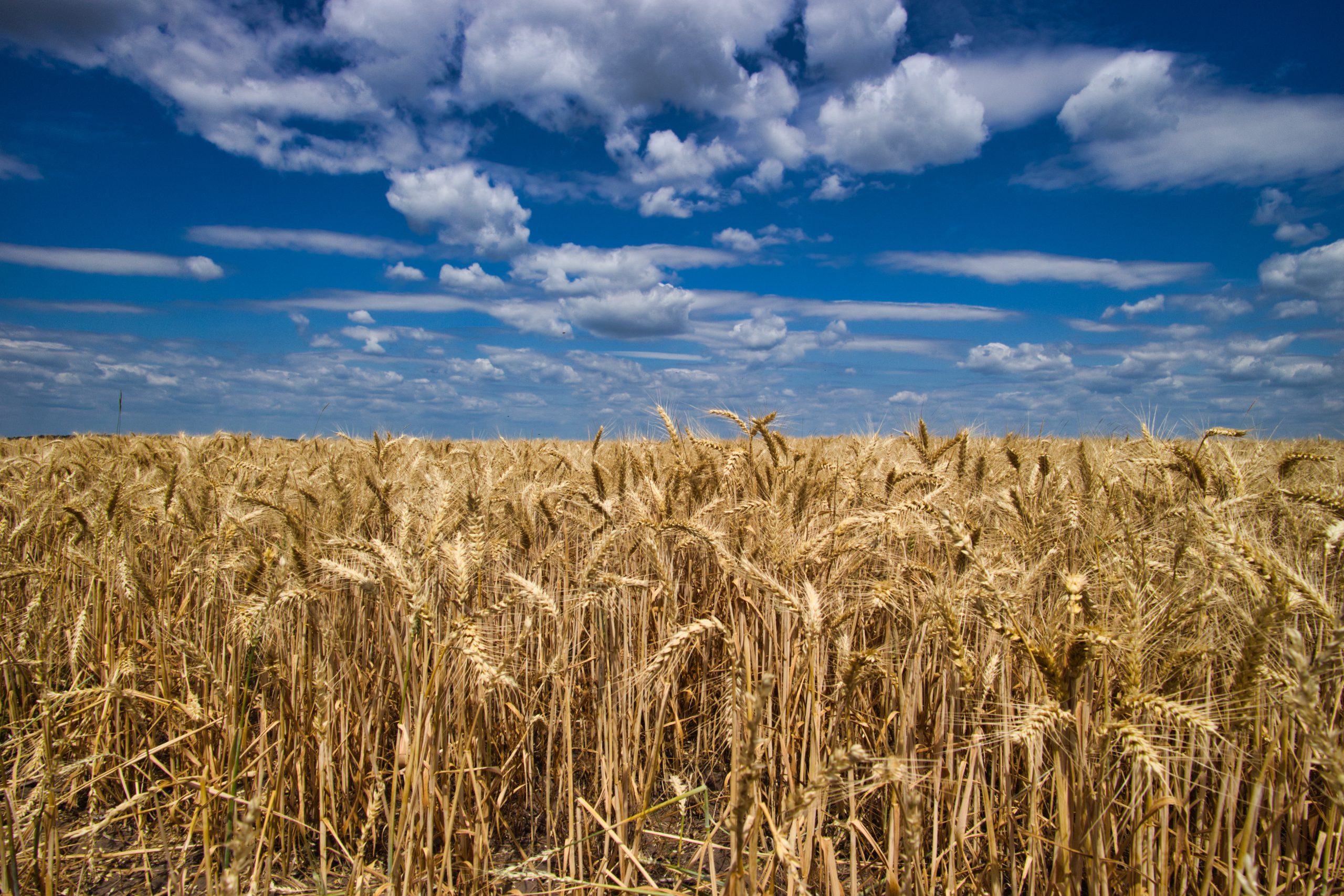Fertilizer International 505 Nov-Dec 2021

30 November 2021
Optimising potato crop nutrient management during droughts
POTATO CROP NUTRITION
Optimising potato crop nutrient management during droughts
Dr Heike Thiel and Dr Wilm Fecke of K+S Minerals and Agriculture GmbH outline how better nutrient management can reduce potato yield losses during lengthy dry spells – and make better use of the available water.

A number of prolonged and unexpected droughts have hit global agriculture in recent years. Such droughts, with their combination of extreme heat and intense solar radiation, have presented all growers with special challenges.
A drop in crop yields during long-lasting droughts is arguably inevitable. But could better nutrient management reduce crop losses during lengthy dry spells – and make better use of whatever water is available? In this article, we attempt to answer this question by examining the effects of potassium and magnesium on the water use efficiency of potato plants under drought conditions.
Applying nutrients in sulphate form
Potatoes belong to a group of chloride-sensitive, leafy crops that require a lot of potassium and magnesium. Farmers need to pay particular attention to chloride sensitivity when selecting fertilizers for potato growing. The movement of assimilates formed in the leaves is inhibited in potato plants exposed to excessive amounts of chloride. In addition, the presence of chloride in soils also impairs the development of fine roots, while in the case of foliar fertilization it also causes leaf stress.
The salt index is a helpful indicator for selecting the right choice of fertilizer (Table 1). This index shows that chloride-based Kali 60 will, for example, causes more stress to potato plants than the sulphate-based Patentkali (30% K2 O, 10% MgO, 42.5% SO3 ). The latter product causes practically no stress when it is applied to the crop.
EPSO Microtop (15% MgO, 31% SO3 , 0.9% B, 1% Mn) should also be suitable for potatoes based on its salt index. This is also reflected in its EC values. In fact, with its magnesium, sulphur, boron and manganese content, EPSO Microtop is a standard foliar fertilizer in potato cultivation. Addi-tionally, its low chloride content means it is compatible with organic fertilizers, such as slurry, digestate, compost and manure, which may contain significant amounts of chloride, depending on their origin.

On better soils, attempts are often made to apply Kali 60 or Korn-Kali (40% K2 O, 6% MgO, 12.5% SO3, 4% Na2 O) to potato crops early before planting. This is not always successful. That is because chloride ions, for example, may eventually reach the plant roots due to the capillary movement of water during dry periods. In many cases, the optimum fertilization time in winter is also missed, causing problems with too much chloride subsequently. Finally, potato tubers will normally suffer after chloride fertilization. Their starch content is generally negatively affected, this leading to less flavour and losses in starch during processing.
Patentkali is especially well suited and therefore recommended for potato cultivation. This is due to its ideally balanced ratio of potassium to magnesium as well as its low salt index. The magnesium deficiency that is often observed in potato crops is usually caused by the over application of potassium resulting in a non-ideal K:Mg ratio.
Monovalent potassium (K+ ) competes with the divalent magnesium (Mg2+ ) for uptake by the plant. Due to this antagonism, magnesium can be quickly displaced if the soil supply of potassium is high. Combined potassium and magnesium fertilization at the correct ratio is therefore recommended.

Optimising water use efficiency under drought conditions
The water use efficiency (WUE) of crops measures the volume of water needed to produce a given amount of biomass (e.g., litres per kg of dry matter). Conversely, it is can also be expressed in terms of the amount of biomass produced for a given volume of water (e.g. kg of dry matter per litre of water).
Strictly speaking, WUE is a measure of how efficient the plant is at productively using water for growth. During crop cultivation, the goal is to achieve a high WUE as this will increase the yield (and profits) obtained per litre of used water.
Due to the positive impact of WUE on yield, it is very important for plants to be able to properly regulate their physiological processes, especially under drought conditions. This is a major prerequisite for both good growth and high yields in stress situations.
Although drought occurs primarily due to low rainfall, it is exacerbated by the high rates of evaporation and transpiration at elevated temperatures. Under these conditions, and where the availability of water is the limiting factor for crop production, a high WUE is required for plant systems to reach acceptable yields. WUE is also influenced by both the choice of crop variety and the availability of nutrients. Potassium, in particular, plays a key role in the regulation of WUE and the water balance of plants, as explained below.
The importance of potassium under drought conditions
Potassium has numerous metabolic functions in plants. Due to osmotic effects, this nutrient is also crucial for regulating the plant’s water balance. This starts with the entry of water through the roots until water exits the plant through the stomata of leaves.
Plants self-regulate their stomata function over time, including during stress conditions such as nutrient deficiency or water scarcity. If water becomes scarce during the growing season, it is important to maintain transpiration – and thus the opening of stomata – as long as possible.
The osmotic pressure in cells will remain stable if potassium is present in adequate quantities. Its presence gives plants the opportunity to continuously take up water, via transpiration, from the roots to the leaves. This process continues to happen and is maintained, even during initial drought. This is important as water channelled into the stomata helps maintain photosynthesis. At the same time, open stomata also ensure the continued uptake of carbon dioxide (CO2 ) – which is then synthesised into sugars with the help of solar energy.
Plants will use even small amounts of water for biomass and yield formation. Importantly, transpiration and yield are always higher when potassium supply is sufficient than when it is deficient. This is because deficiency, by lowering transpiration, reduces plant growth. Potassium is also believed to slow down the synthesis of abscisic acid, a plant hormone which can trigger the emergency ripening of entire stands.
The wilting of potato leaves, an undesirable symptom often observed during hot weather, is more pronounced when potassium is deficient. Wilting signals that the water balance is disturbed and that potassium is insufficient for effective transpiration. Wilting is undesirable in potato plants because it can lead to ripening of the potatoes and stop their growth. This also affects the quality of the potatoes as the new tubers formed may remain unripe and contain lower starch levels.
Magnesium helps the potato to reach water
In addition to potassium, magnesium is also a valued nutrient in potato cultivation. By controlling the transport of assimilates within the plant, it ensures enough sugars and other carbohydrates are provided for plant development. Magnesium also plays an important role in the conversion of light energy during photosynthesis. It also helps limit the ‘sunburn’ caused by reactive oxygen species. The resulting sun damage, although chlorotic initially, later becomes necrotic (Figure 1).

Additionally, magnesium is needed for enzymatic processes. This provide the pathway for carbohydrates to be distributed and reach target organs such as tubers and young leaves, etc. This mechanism also underpins magnesium’s role in root growth, which is similarly dependent on a good supply of carbohydrates.
A well-developed root system is important for water uptake from the soil, especially under drought conditions where water is still present in lower soil layers. A deep and complex root system also aids nutrient uptake. Root development is influenced by various parameters. As well as magnesium supply, soil moisture and oxygen availability at the time of planting are particularly important.
If a sufficient supply of water is readily available, only short roots will be developed when, for example, it is very wet during or after sowing. Such water saturated conditions can have negative consequences when they are followed by drought, as the short roots formed will be unable to reach and absorb the water (and the nutrients these contain) in deeper soil layers.
“The basic prerequisite for high crop yields and top quality is an optimum supply of potassium.”
Drought stress in the field
Fertilization plays a crucial role especially during heat and drought events. A long-term crop rotation trial in Germany provides good evidence for this (Figure 2). Spring and/or summer droughts led to yield losses in many years. However, the trial results show that potassium and magnesium fertilization boosted yields, versus the unfertilized control, especially in dry years.
This long-term German trial provides a clear example showing how potassium and magnesium fertilization with Patentkali can secure higher potato yields, especially in times when water supply is insufficient. It demonstrates that regular fertilization with these two nutrients can reduce the risk of yield losses associated with unfavourable weather conditions.
Conclusion
Fertilization with mineral nutrients plays a prominent role in yield and quality – the two main factors crucial to the economics of potato cultivation. Potassium, in particular, is prized as the nutrient most needed by potato plants.
Together with magnesium, which positively influences the carbohydrate supply to roots and tubers, potassium is an important guarantor of high yields and good quality, even during non-ideal weather conditions.
Patentkali, by combining potassium and magnesium in the best ratio, is a highly effective potato fertilizer. Its sulphate-based and chloride-free composition ensures balanced potato cultivation with less plant stress, especially in years with lower rainfall or drought. Valuably, using sulphate-based fertilizers prevents additional chloride from accumulating in the root zone when rainfall is low. This avoids exposing the potato plant to undesirable stress factors.
In summary, the evidence shows that balanced and sulphate based fertilization with potassium and magnesium is able to minimise the risk of yield losses during sustainable potato cultivation, especially in years with almost no rainfall.






